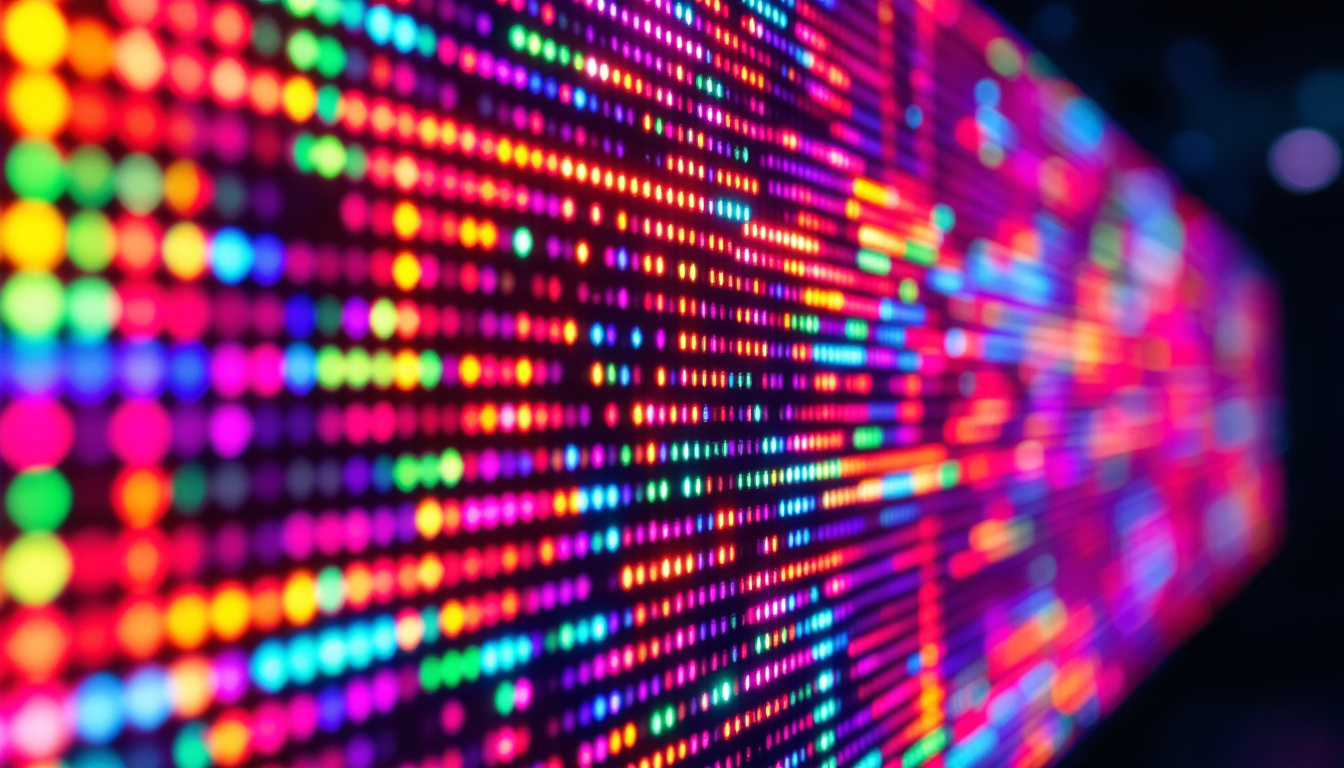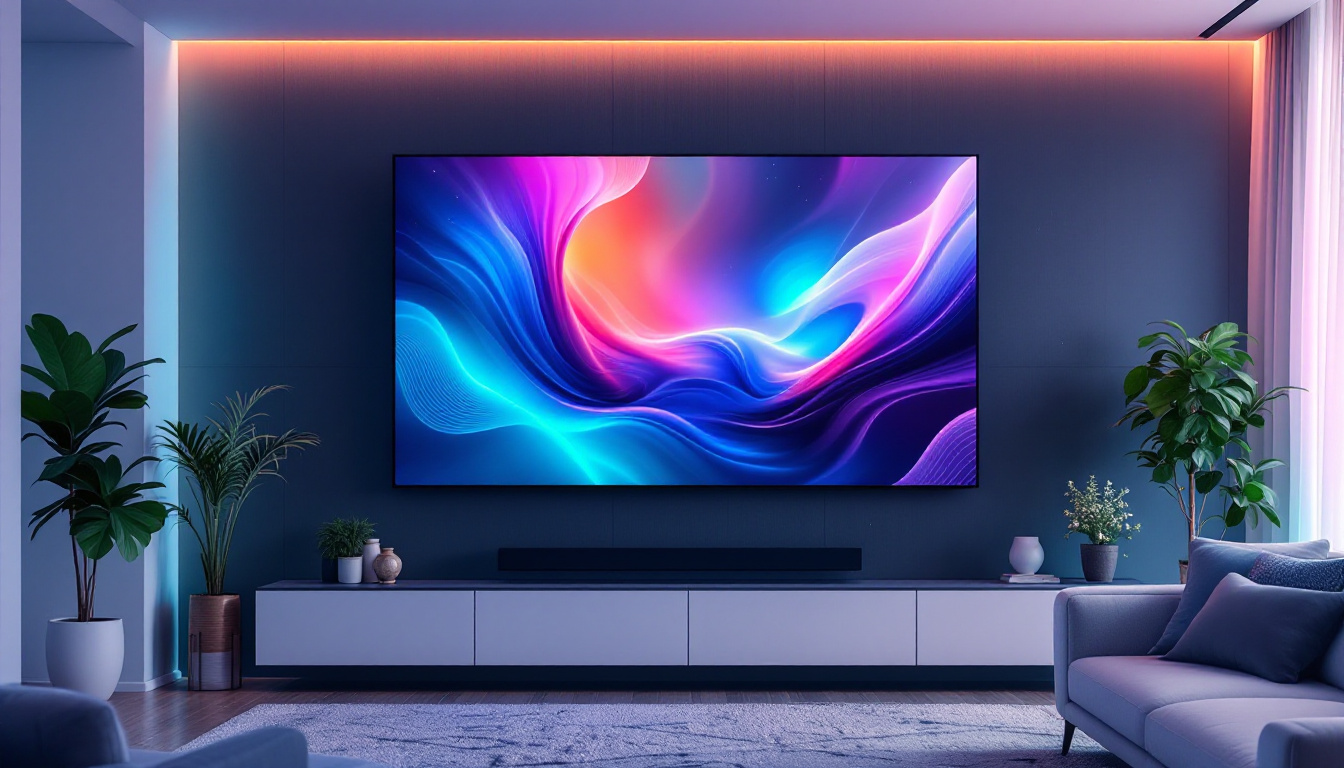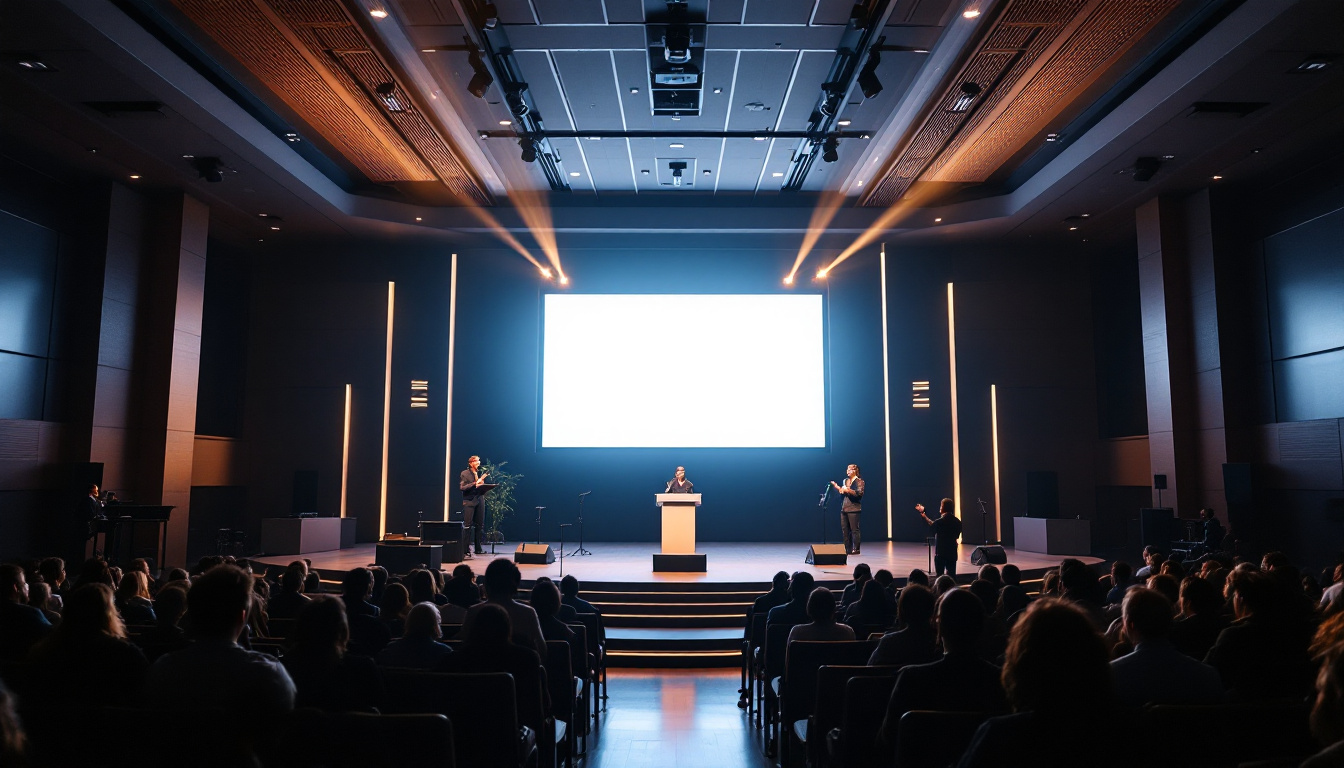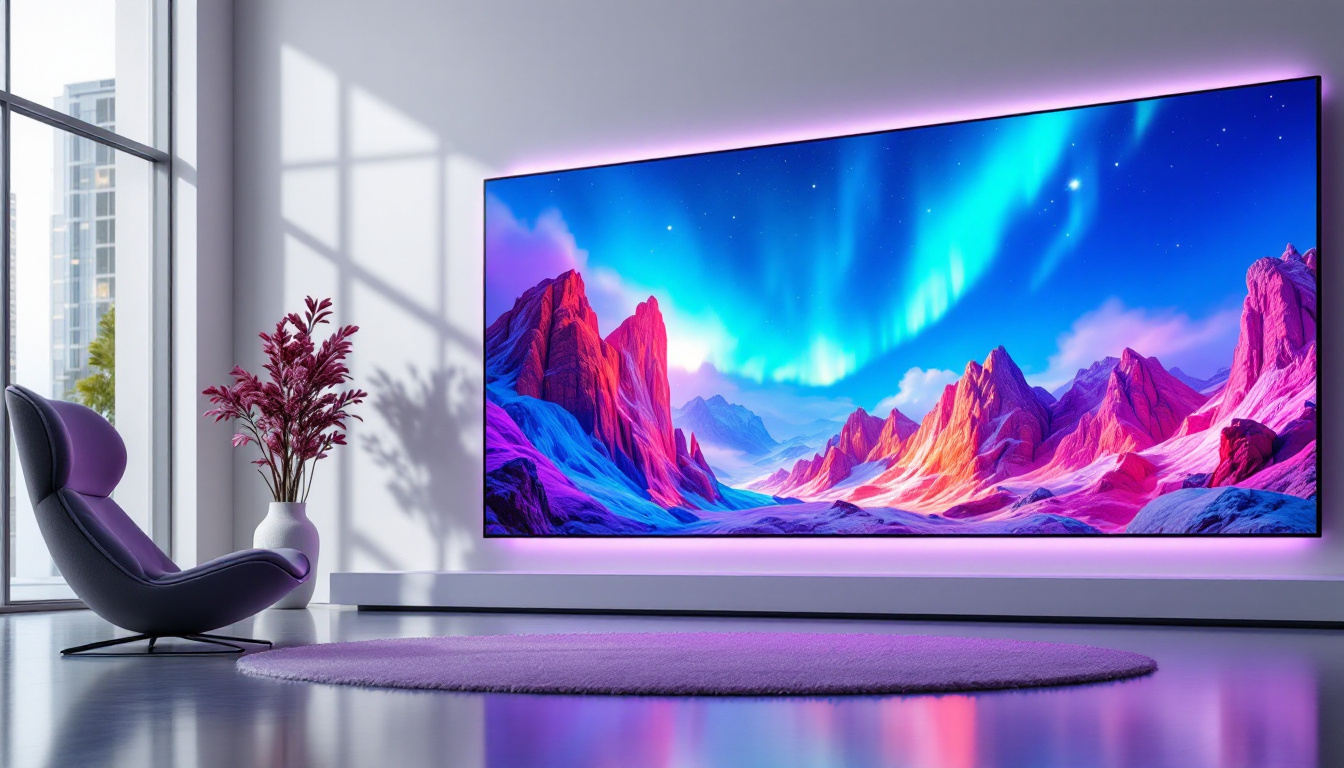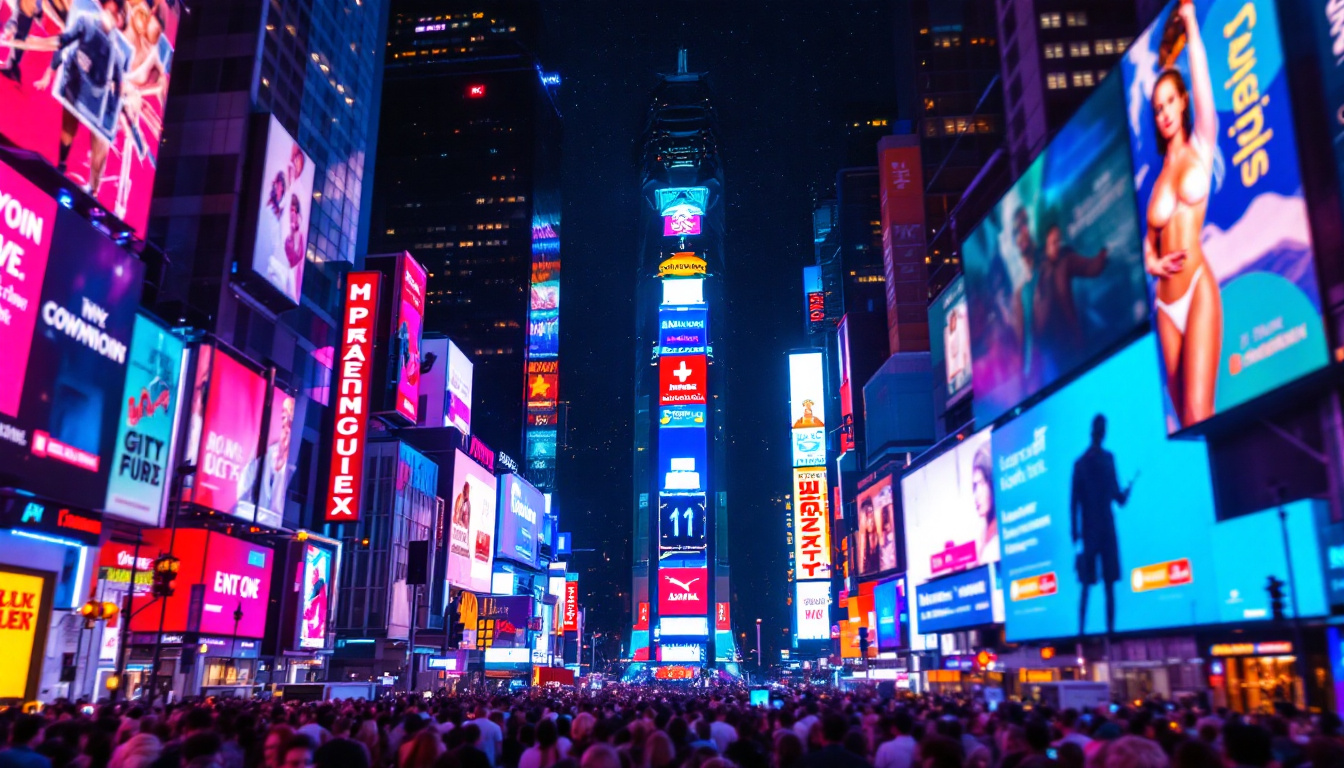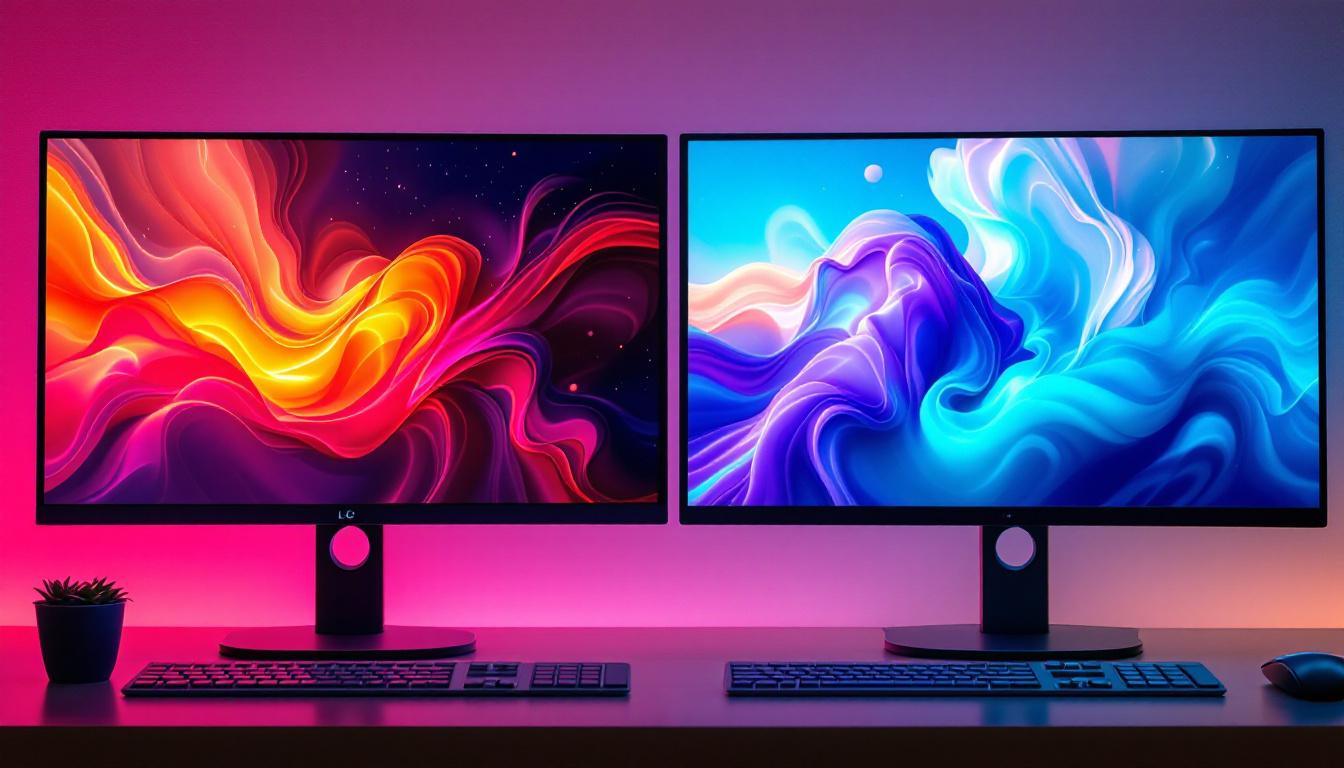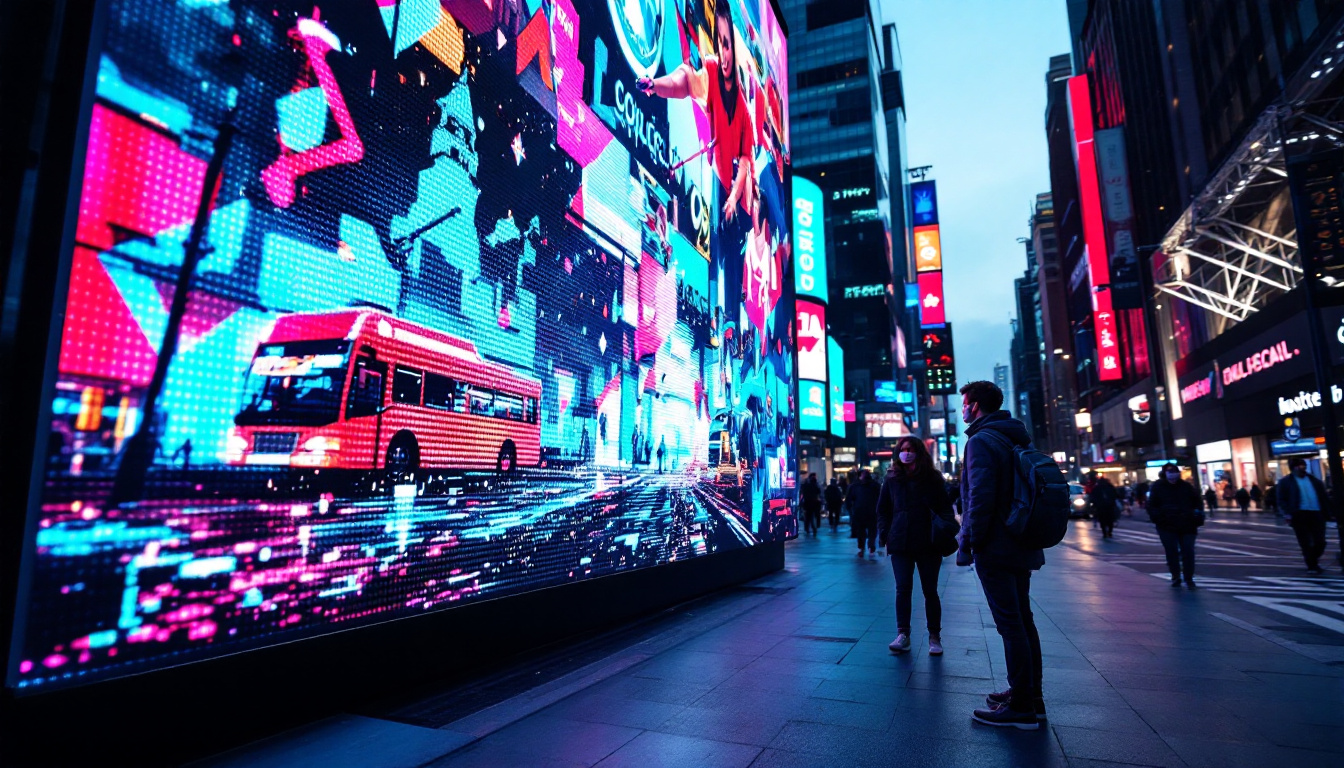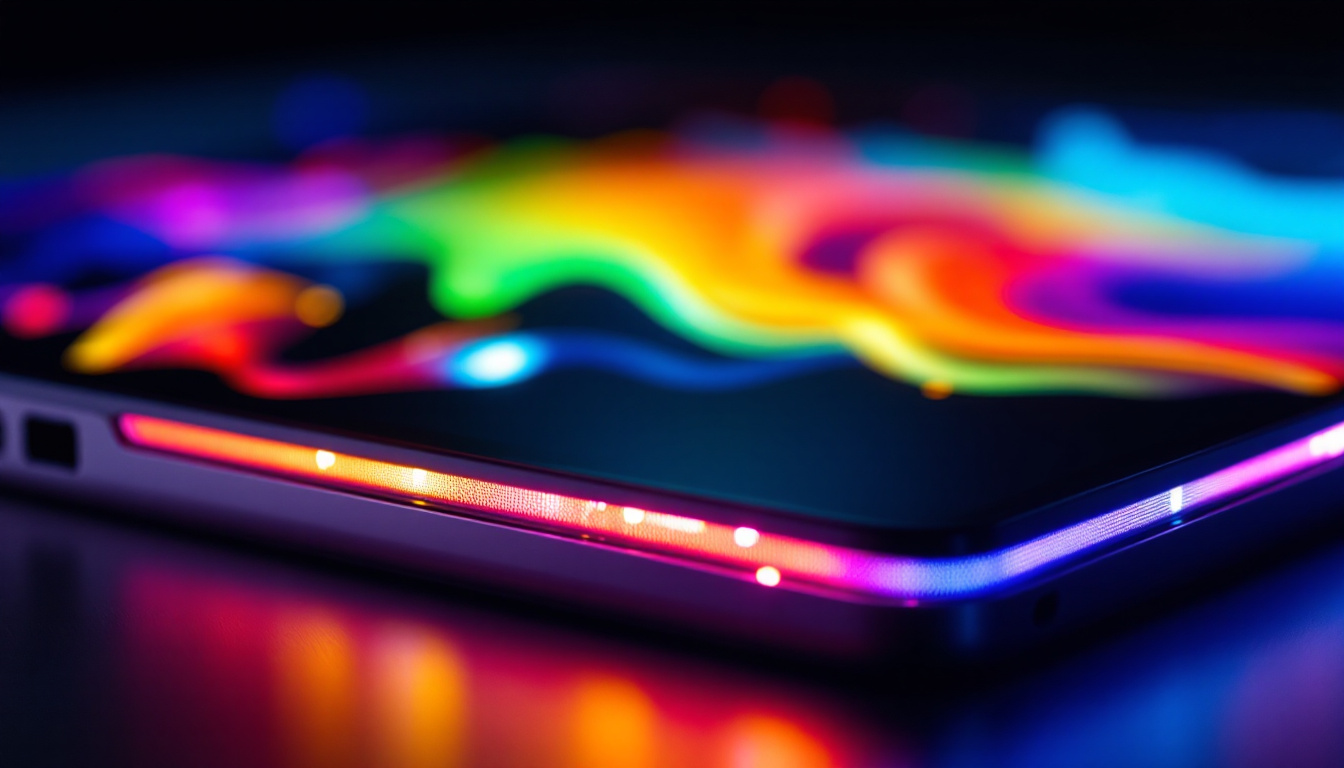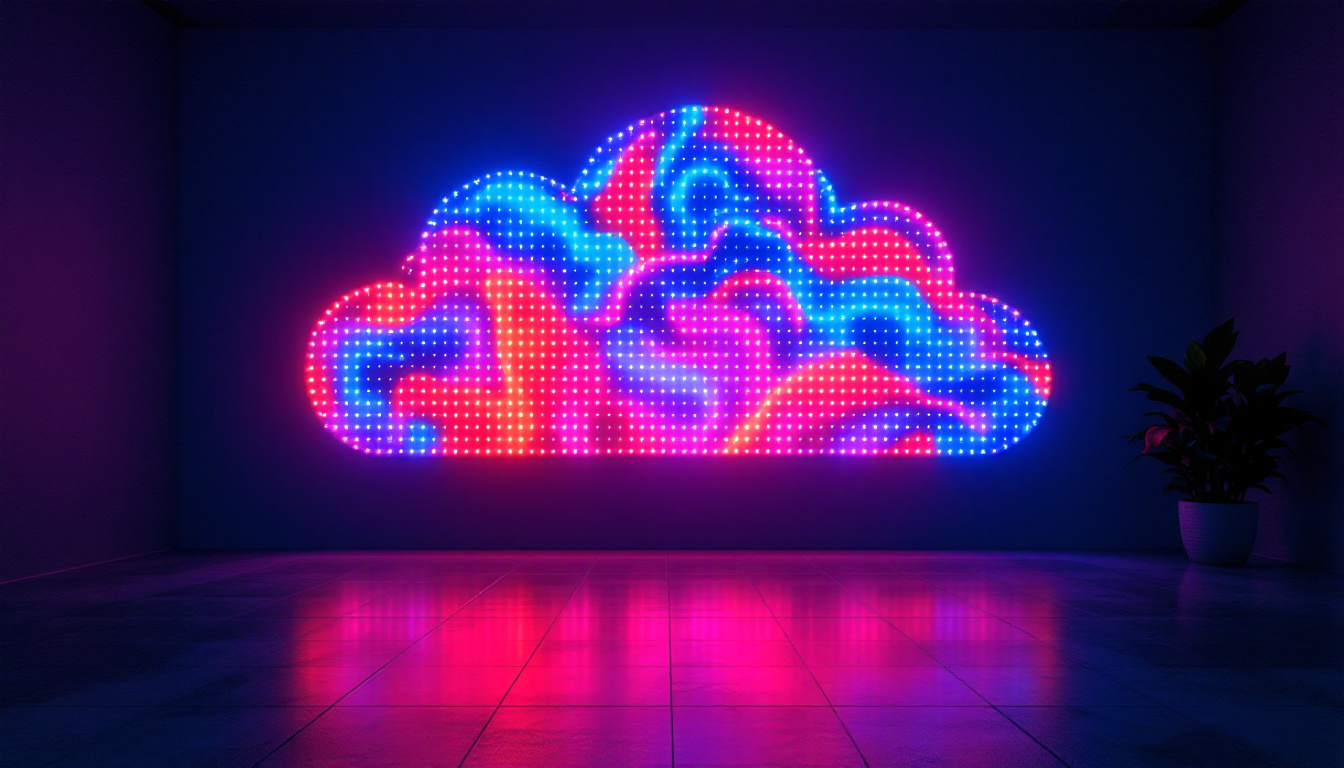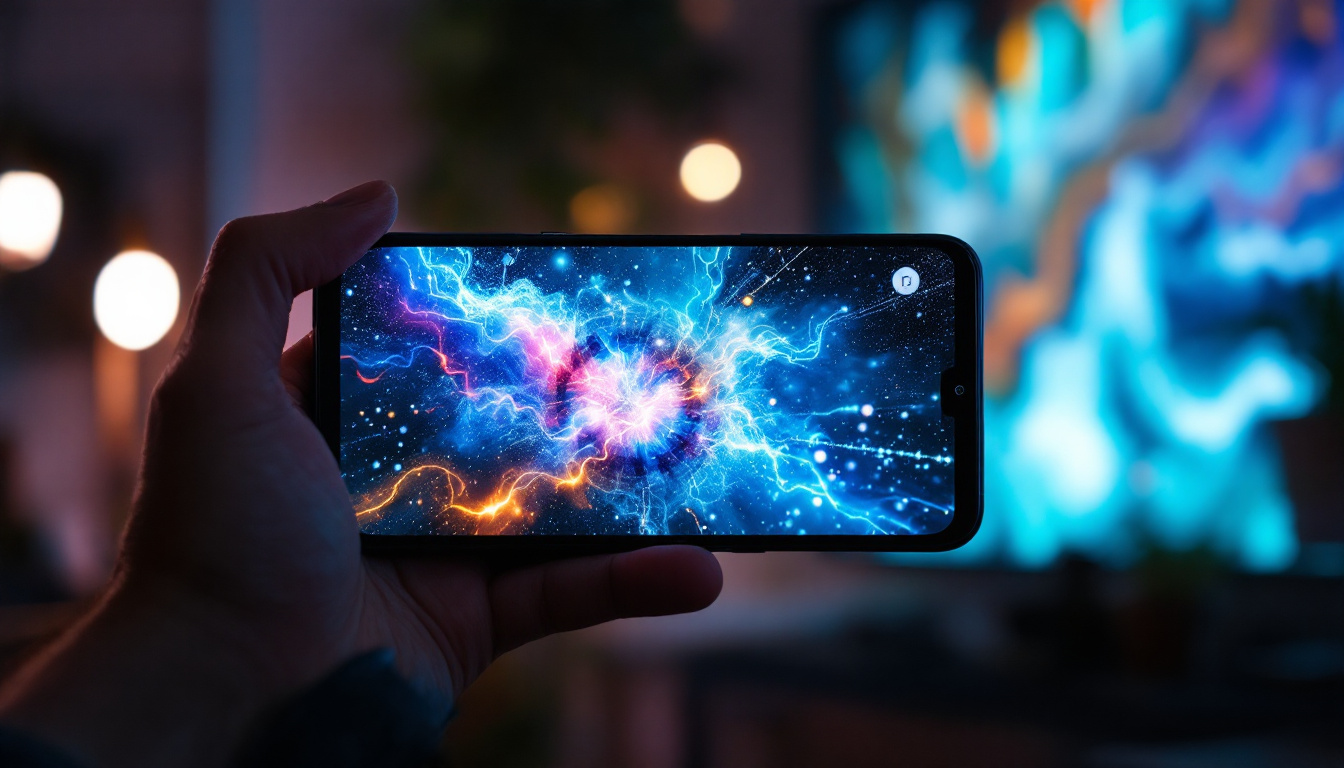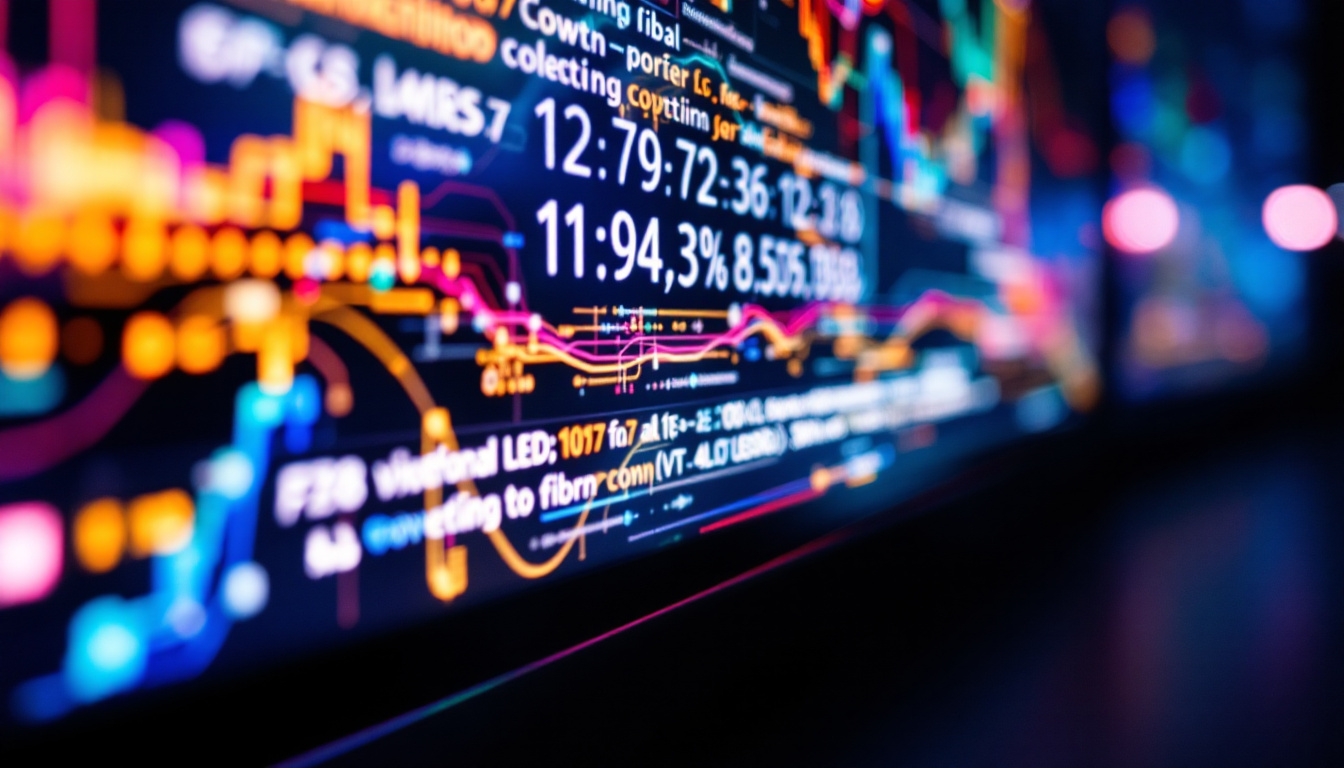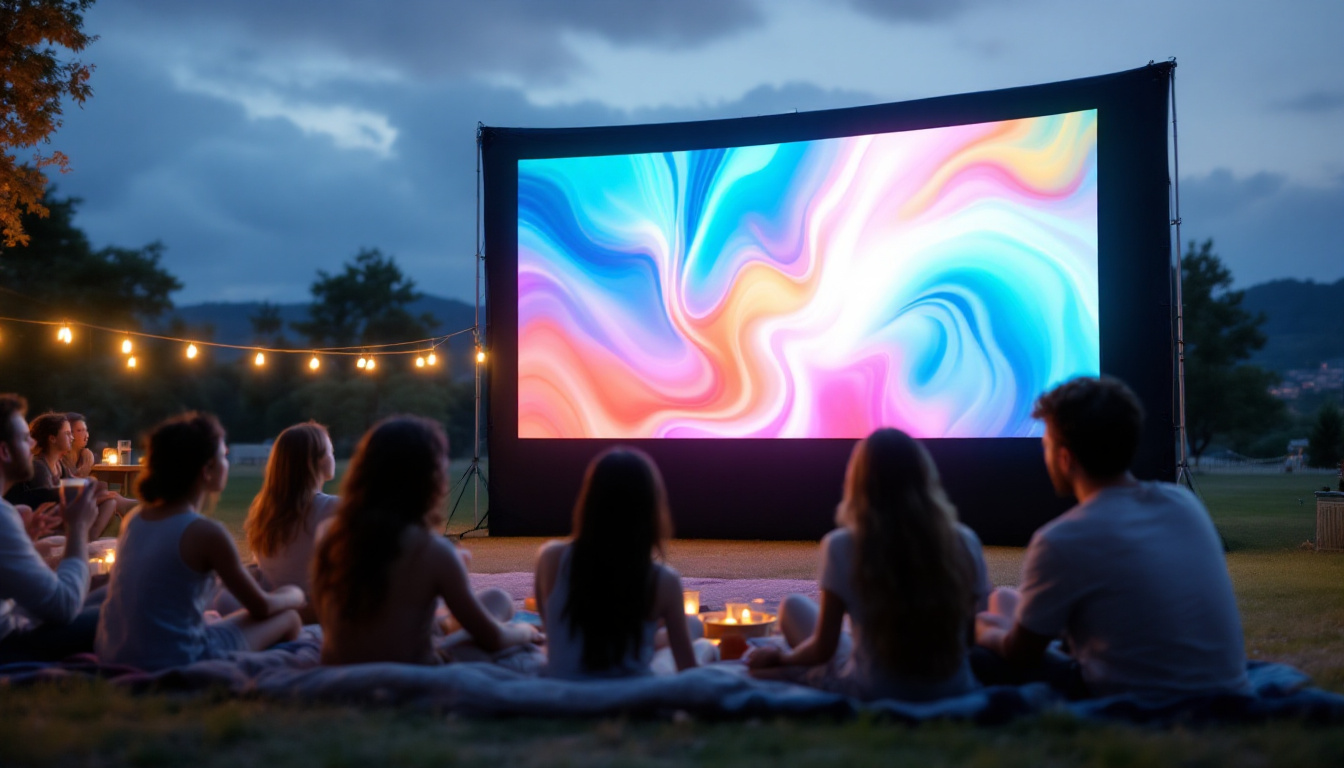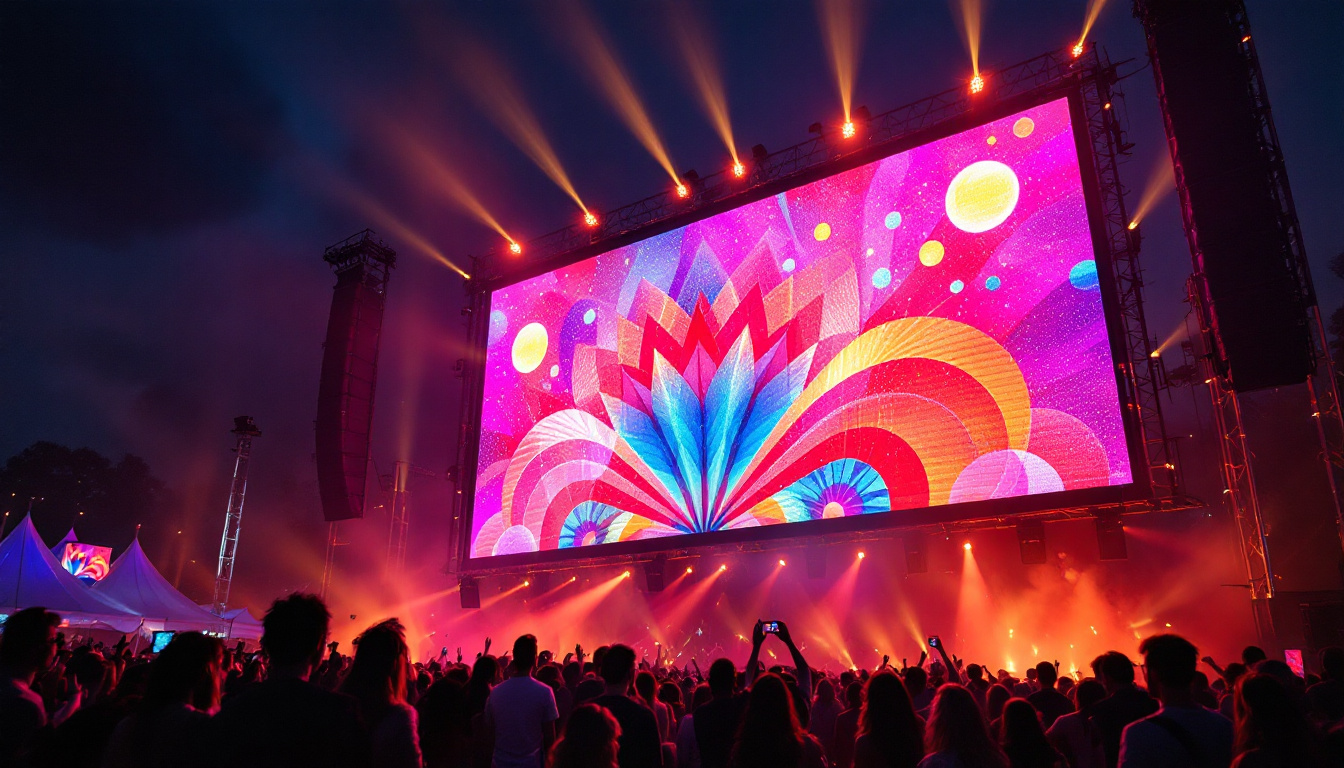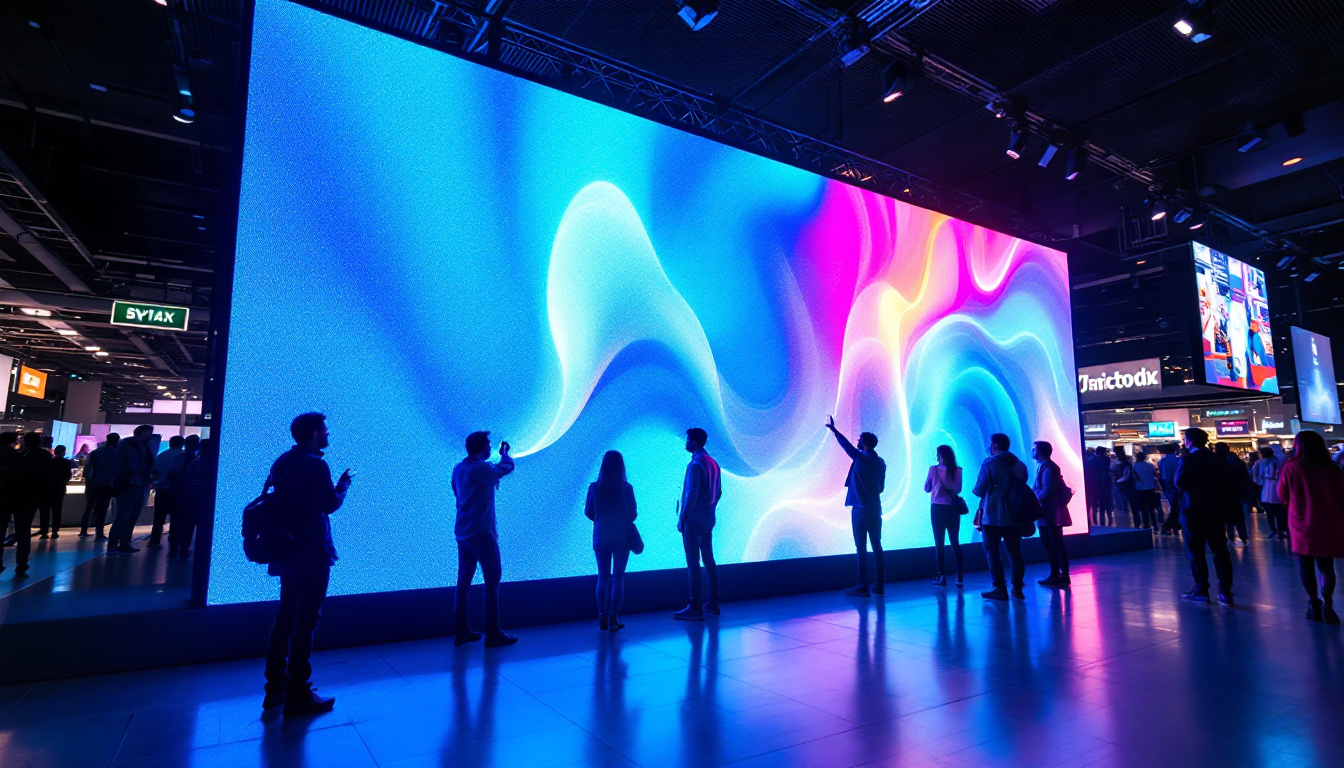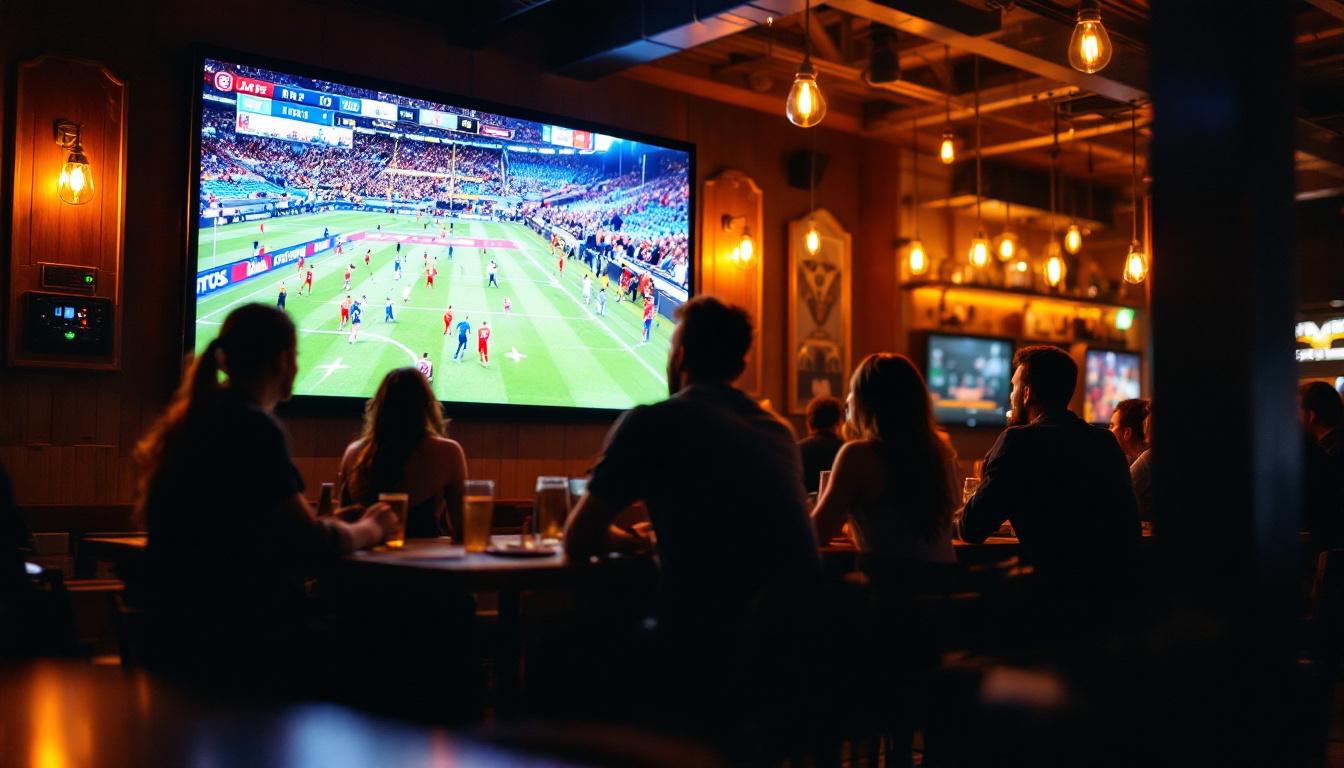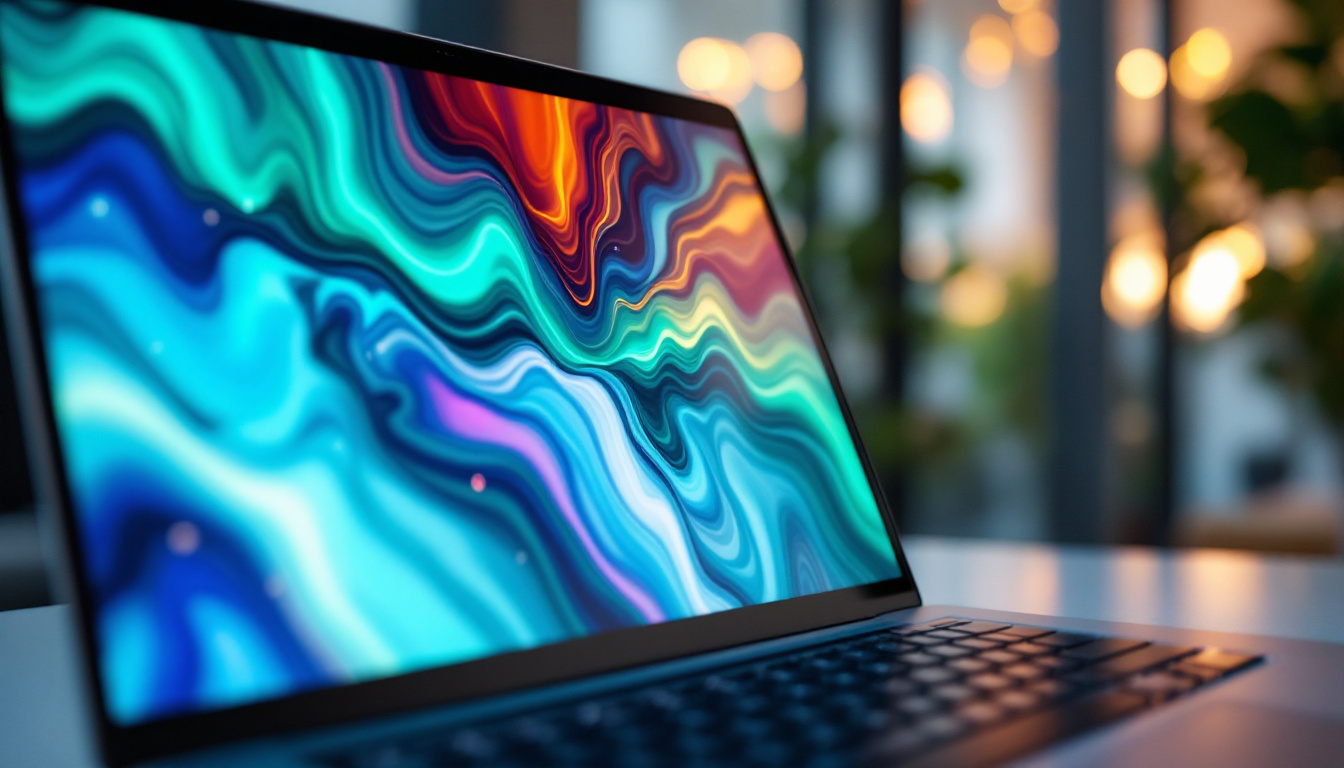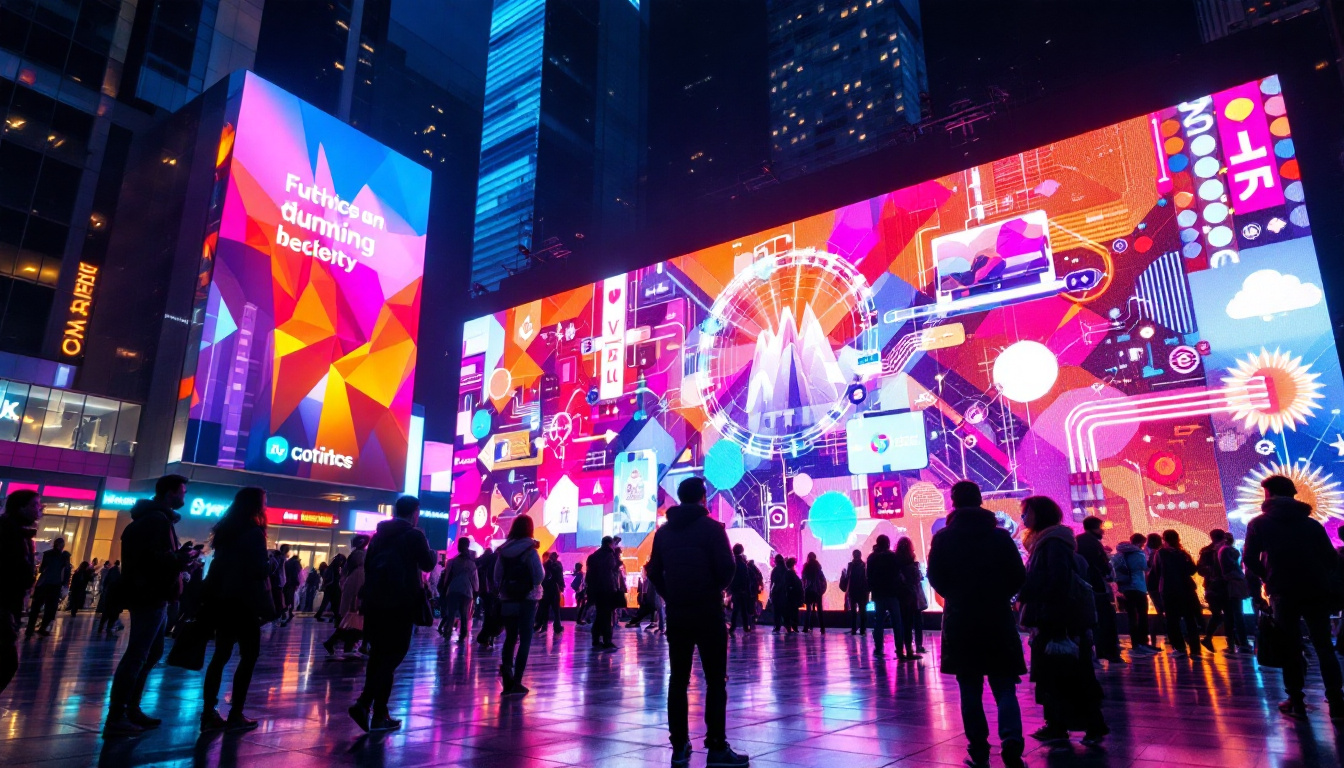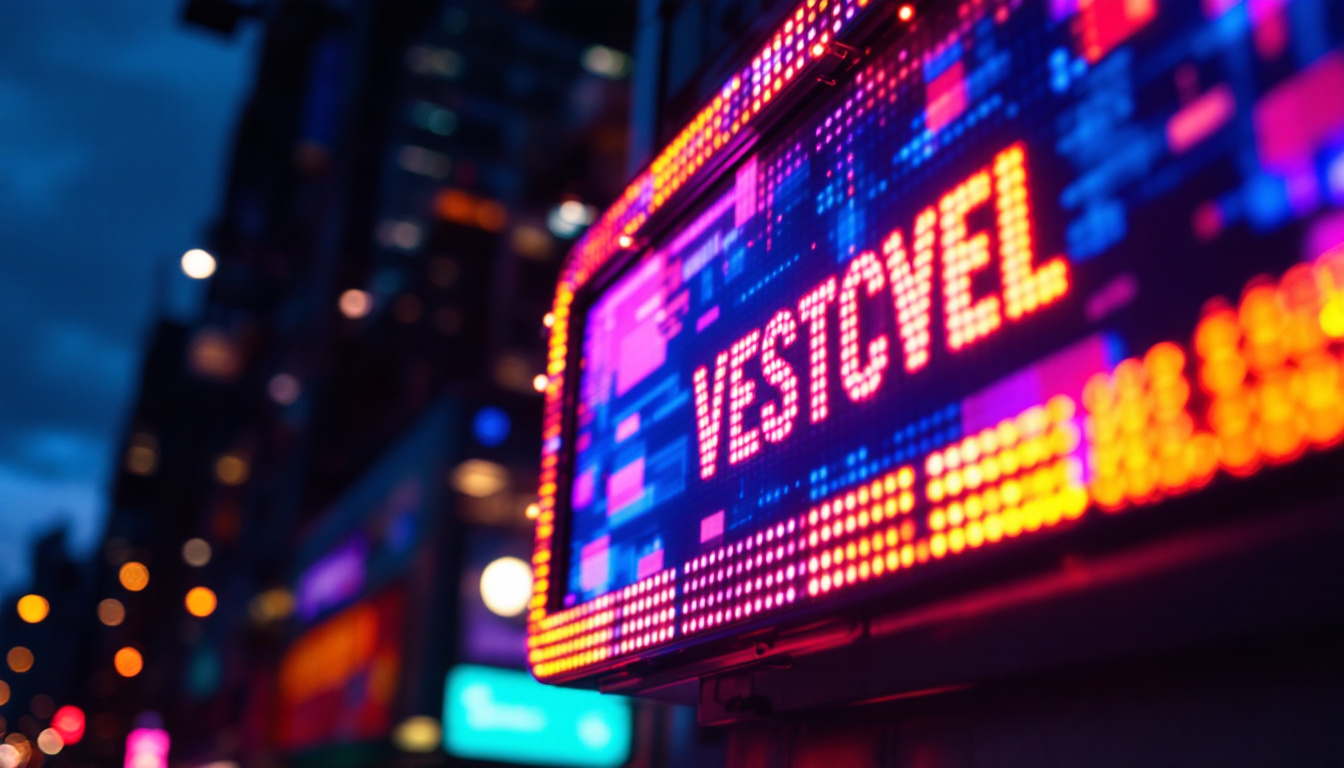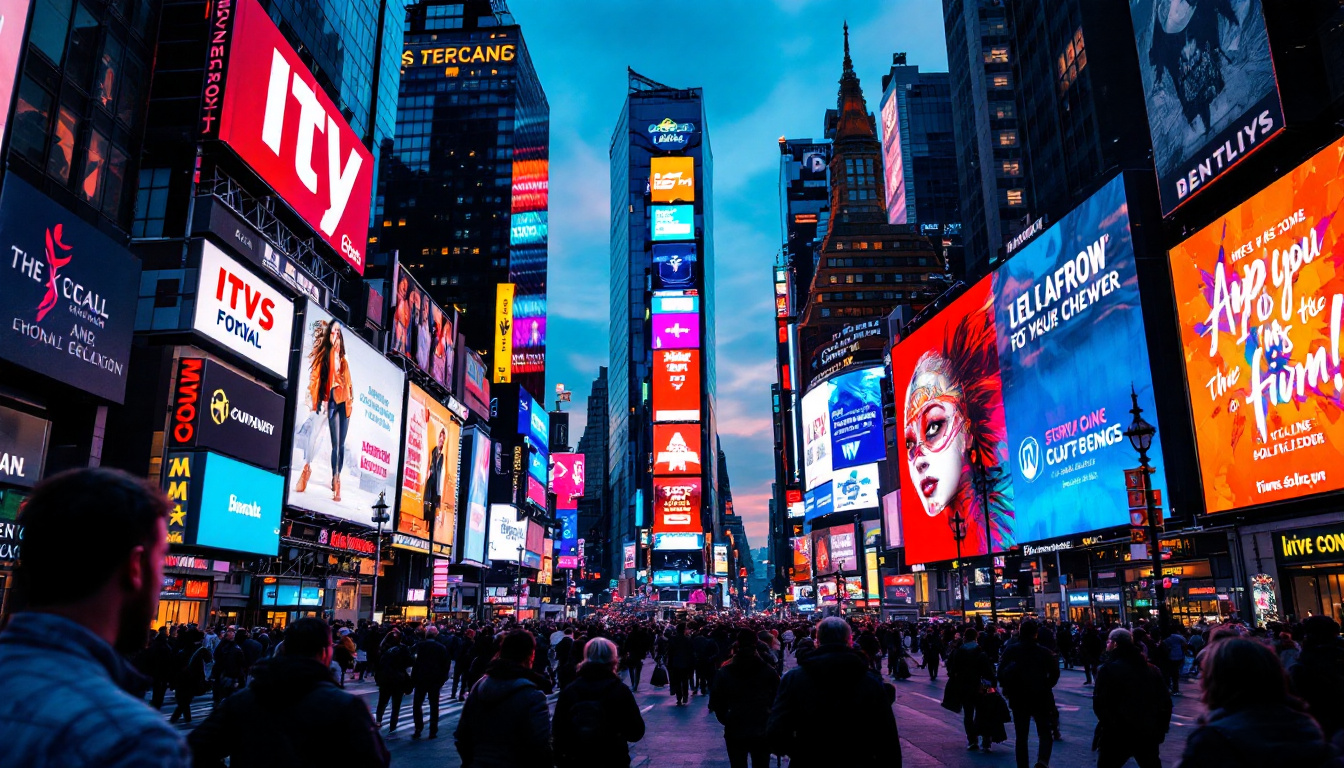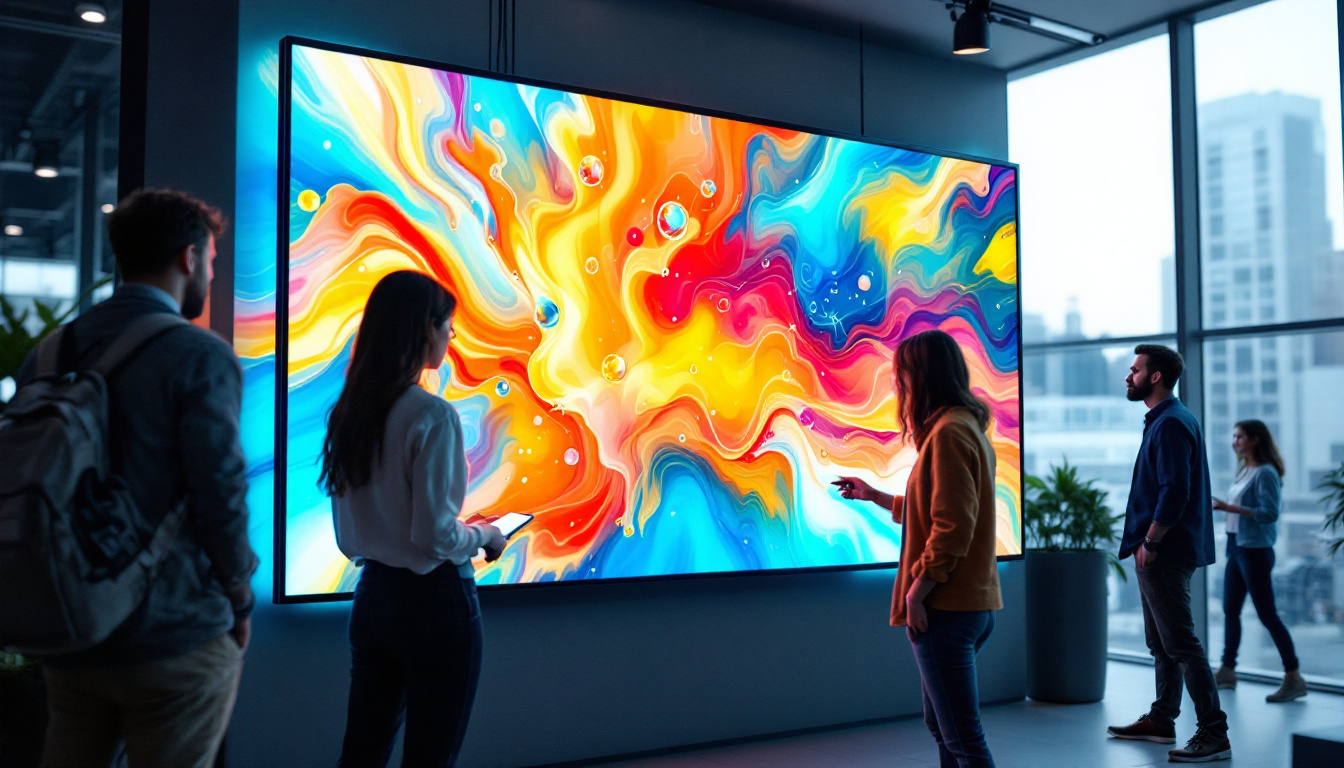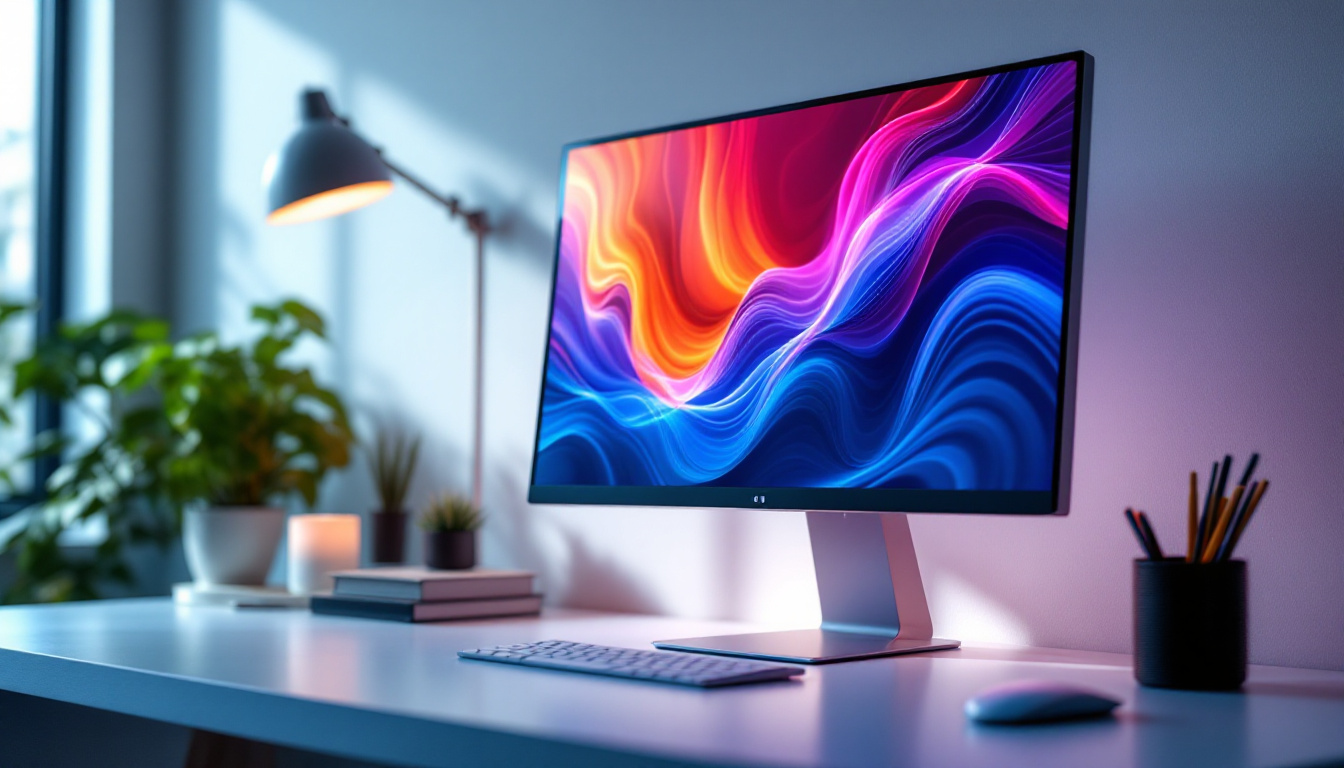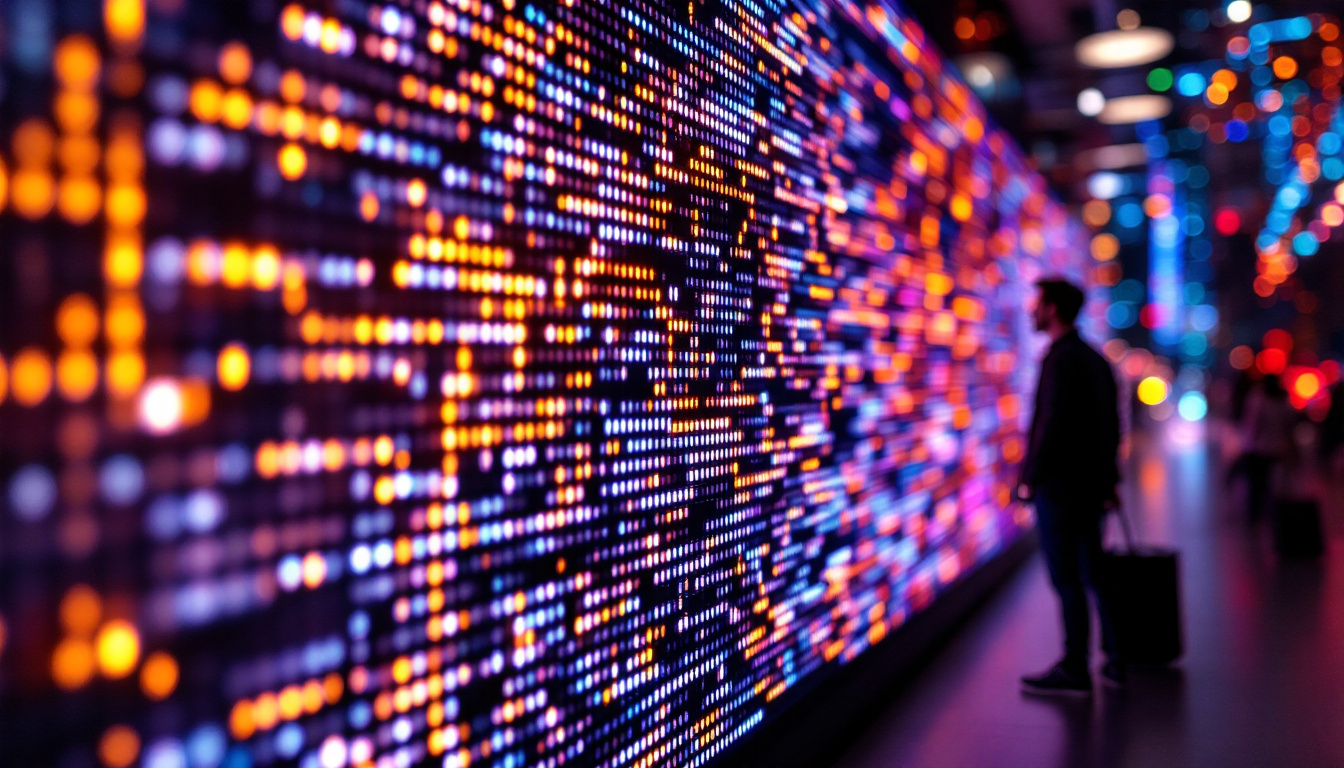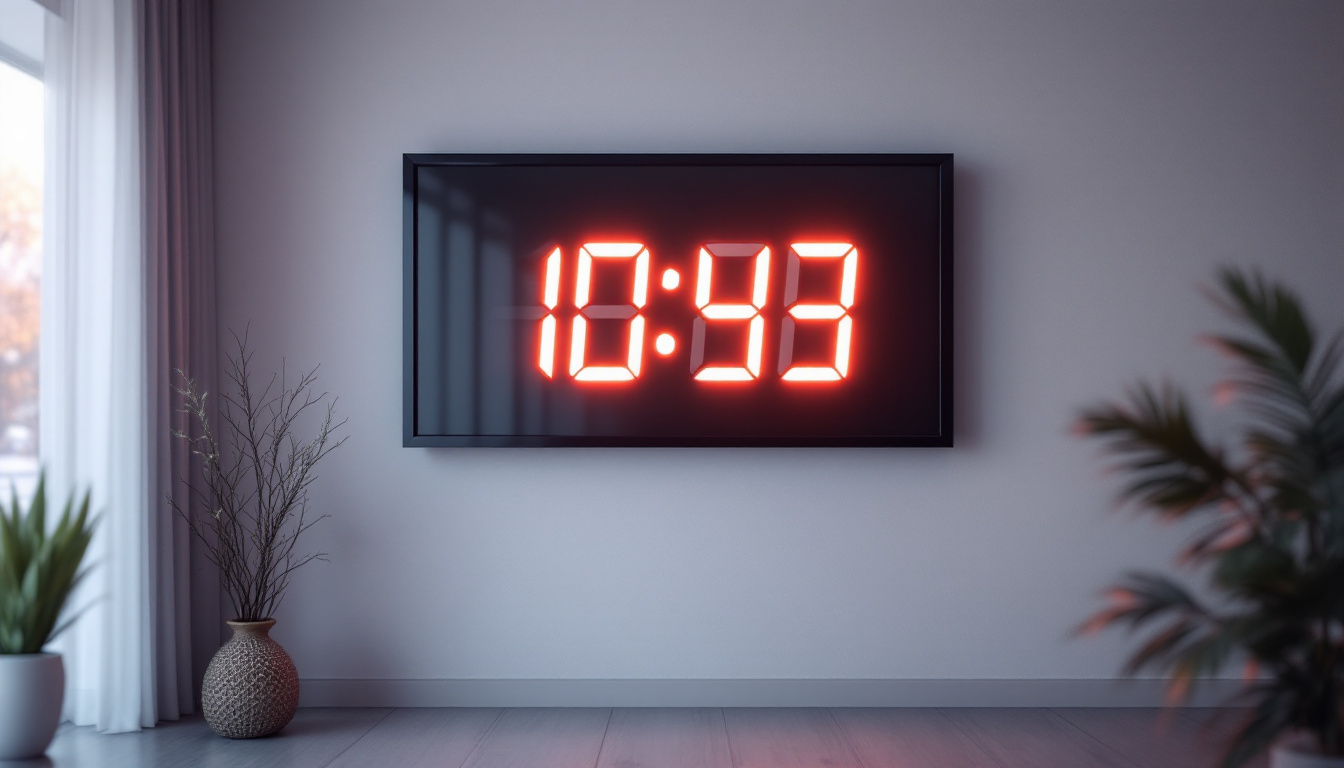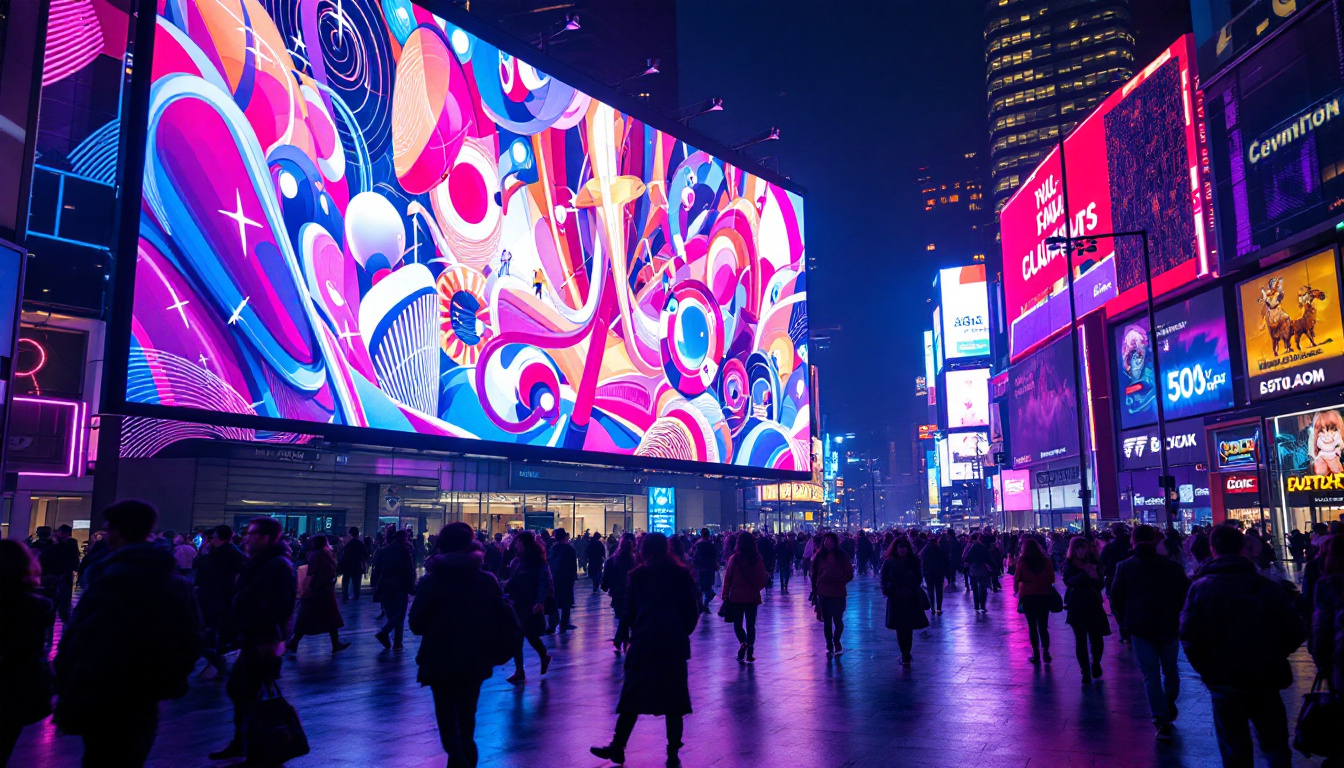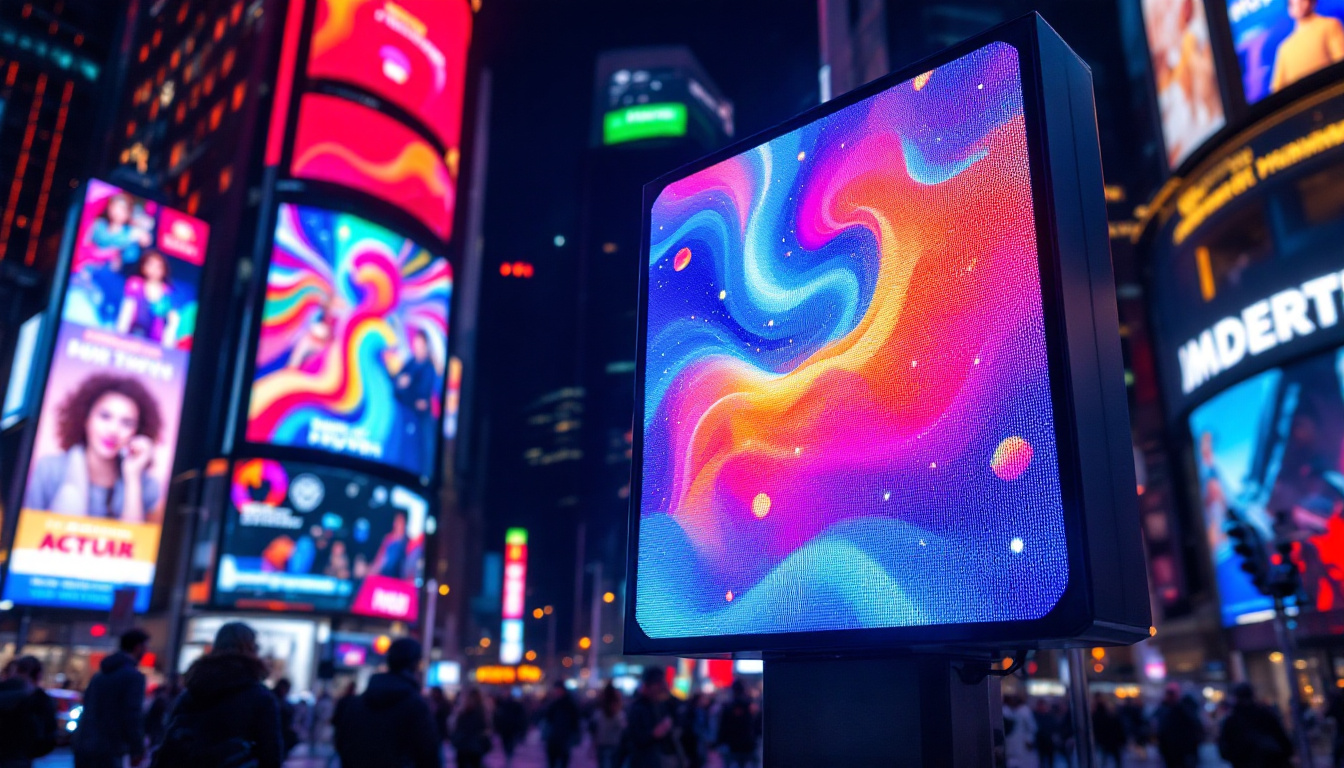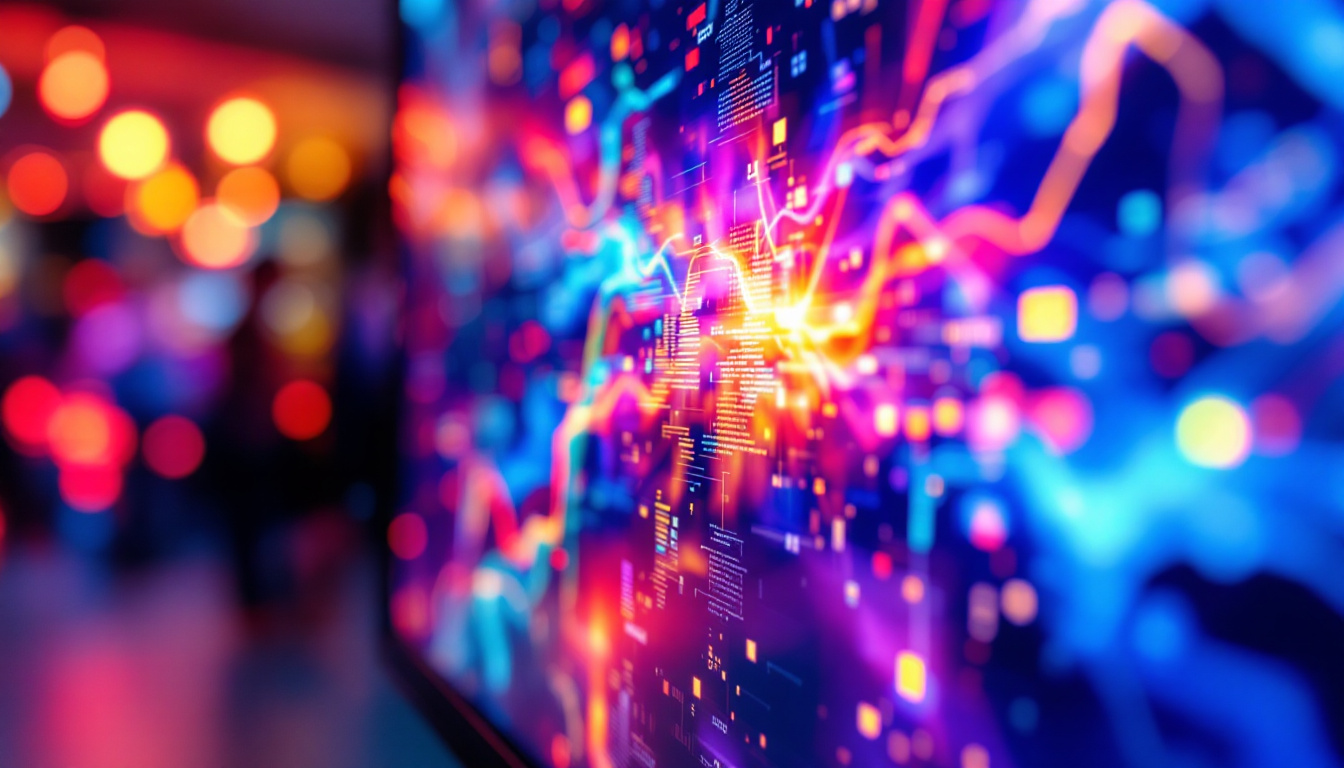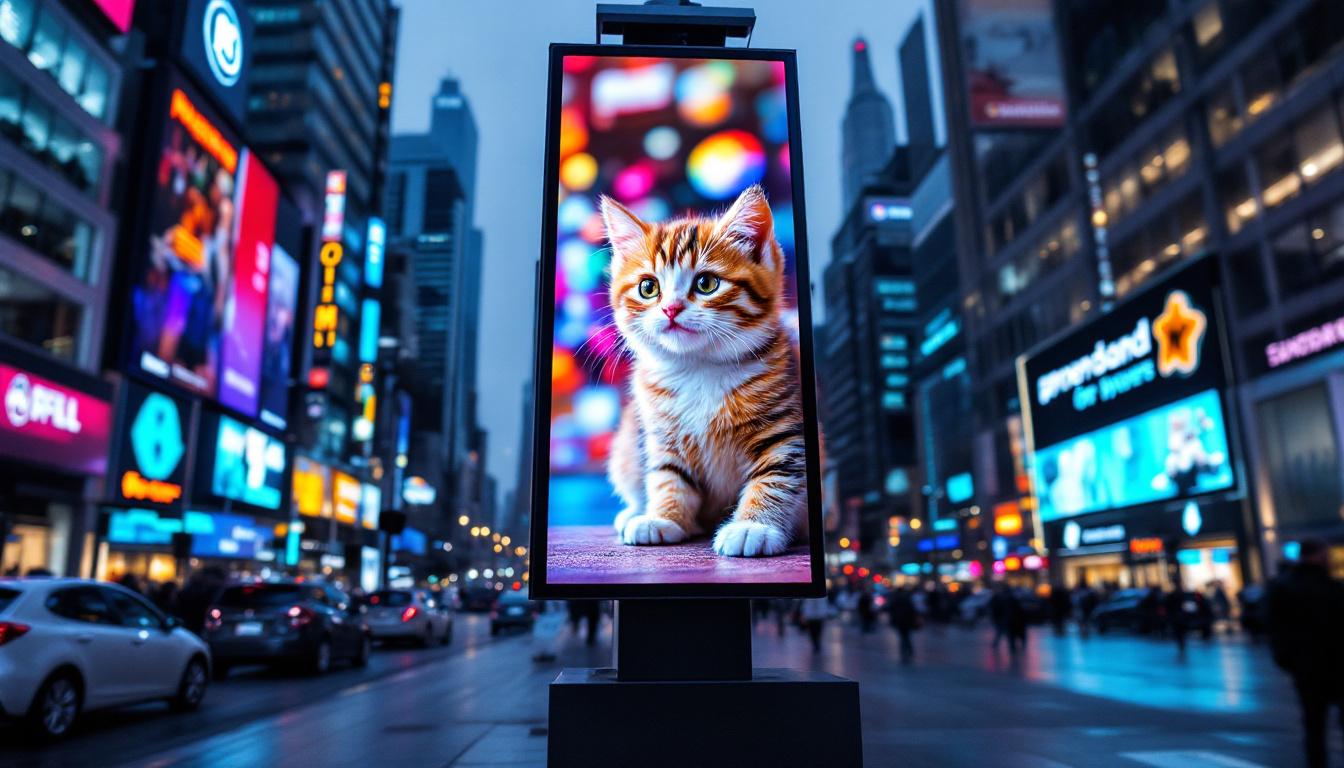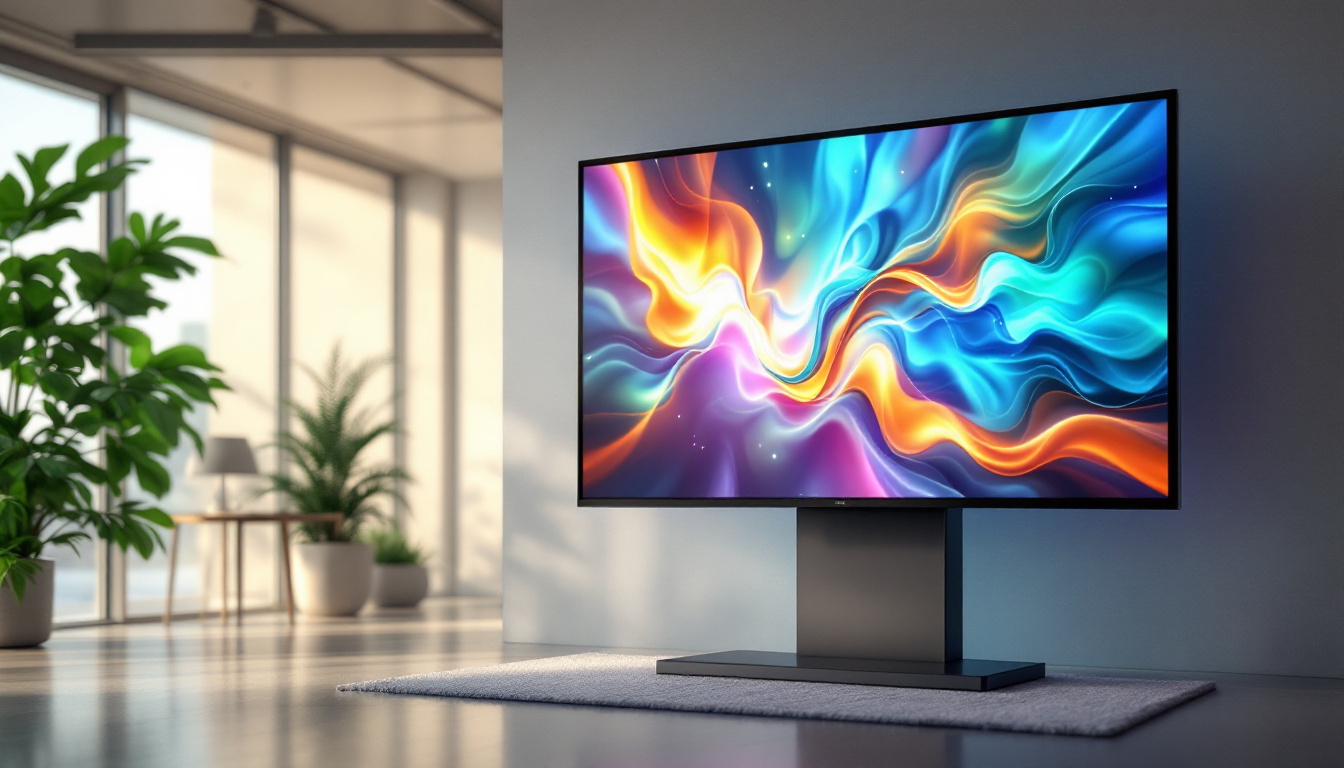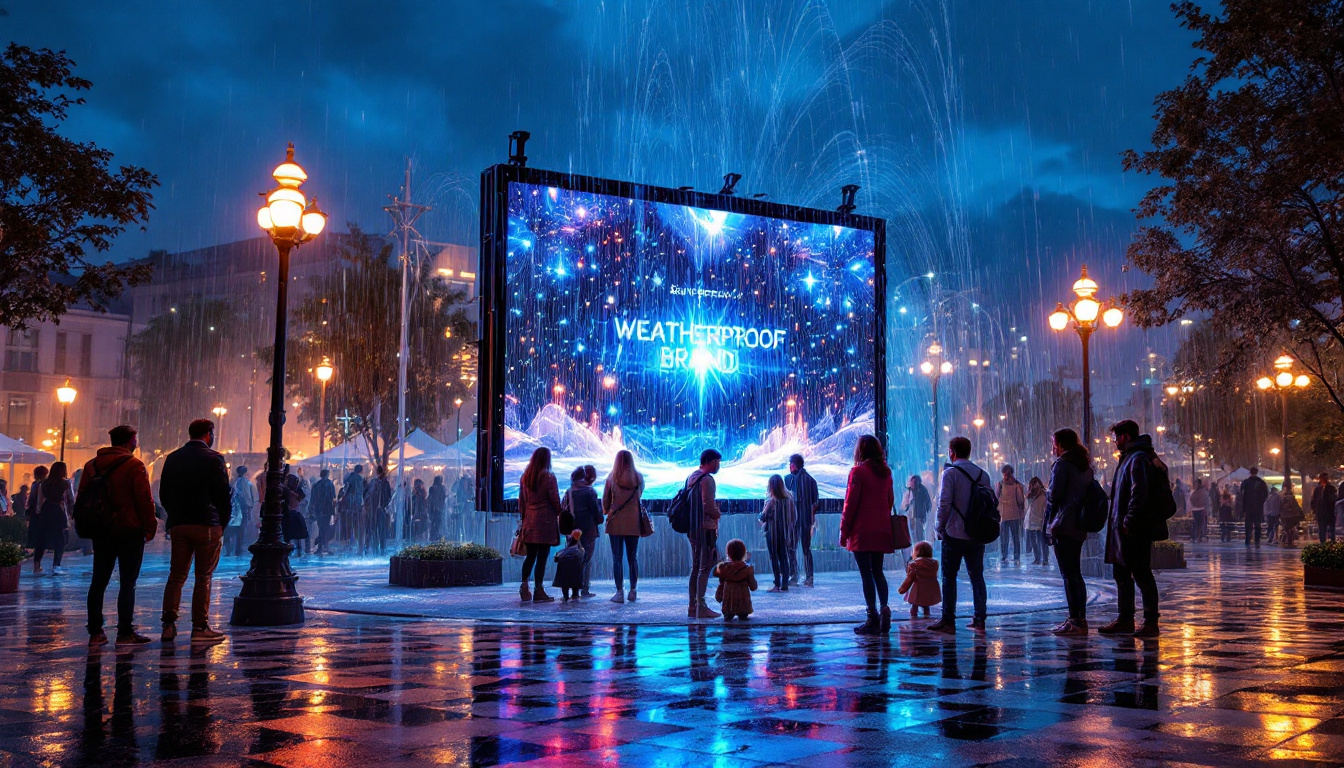In the realm of modern technology, LED displays have become an integral part of our daily lives. From large outdoor billboards to small electronic devices, LEDs (Light Emitting Diodes) are everywhere. The specifications “5000 X 12 X 10” represent a unique configuration that is often used to describe the characteristics and performance of an LED display. This article aims to delve into what these numbers mean, how they relate to LED technology, and the various applications of such displays.
Understanding the Dimensions: 5000 X 12 X 10
The numbers “5000 X 12 X 10” typically refer to the pixel pitch, resolution, and size of an LED display. Each of these dimensions plays a crucial role in determining the overall performance and suitability of the display for specific applications.
Pixel Pitch
Pixel pitch is a critical specification that defines the distance between the centers of two adjacent pixels. In this case, a pixel pitch of 10 mm indicates that each pixel is spaced 10 millimeters apart. A smaller pixel pitch generally results in a higher resolution, allowing for more detailed images and text. Conversely, a larger pixel pitch may be more suitable for applications where the viewing distance is greater, as it can reduce costs while still providing adequate visibility. For instance, displays with a pixel pitch of 5 mm or less are often used in indoor environments where viewers are closer to the screen, while a 10 mm pitch is more common for outdoor displays, where viewers may be several meters away.
Resolution
Resolution refers to the number of pixels in the display, which directly impacts the clarity and detail of the images produced. A resolution of 5000 pixels wide and 12 pixels high indicates a relatively narrow but long display, often used for specific applications such as digital signage or information boards. This configuration allows for scrolling text or images to be displayed effectively, making it ideal for environments where information needs to be conveyed quickly and clearly. Additionally, the elongated nature of this resolution can be particularly advantageous in narrow spaces, such as above entrances or along hallways, where traditional screens might not fit. The ability to customize content to fit such a unique format allows for creative advertising and messaging strategies that can capture the attention of passersby.
Size and Aspect Ratio
The size of an LED display is also a significant factor to consider. The dimensions of “5000 X 12” suggest a very elongated display, which may be used in environments such as stadiums, concert venues, or transportation hubs. The aspect ratio, which is the ratio of width to height, is crucial for determining how content is displayed. In this case, the aspect ratio is approximately 416:1, which is quite unique and tailored for specific content delivery. Such an aspect ratio can enhance the visual impact of advertisements or announcements, allowing for dynamic content that flows seamlessly across the display. Furthermore, this format can be particularly effective for displaying real-time information, such as train schedules or event countdowns, ensuring that viewers can easily read and comprehend the information from a distance. The strategic placement of these displays can significantly enhance the overall experience in high-traffic areas, drawing attention and providing essential updates in an engaging manner.
Applications of LED Displays
LED displays are versatile and can be found in a variety of settings. Their adaptability makes them suitable for numerous applications, each leveraging the unique characteristics of LED technology.
Advertising and Marketing
One of the most prominent uses of LED displays is in advertising and marketing. Billboards and digital signage in high-traffic areas utilize LED technology to attract attention and convey messages effectively. The ability to change content quickly and display vibrant colors makes LED displays an ideal choice for advertisers looking to engage potential customers. Additionally, the energy efficiency of LED technology allows for longer operating hours, which means that advertisements can run continuously without significant increases in electricity costs. This feature is particularly advantageous for businesses aiming to maximize their visibility around the clock, ensuring that their messages reach the largest audience possible.
Event and Entertainment Venues
In the entertainment industry, LED displays are essential for concerts, sports events, and festivals. They provide dynamic visuals that enhance the audience experience. The elongated format of a “5000 X 12” display can be particularly effective for displaying scrolling messages, such as performer names or event schedules, ensuring that attendees are informed and engaged throughout the event. Moreover, the high refresh rates of LED displays mean that they can handle fast-moving visuals without blurring, making them perfect for live performances where every detail matters. The integration of LED technology with interactive elements, such as audience participation through mobile apps, further elevates the experience, allowing fans to engage with the content in real-time.
Transportation Hubs
Airports, train stations, and bus terminals often employ LED displays for real-time information dissemination. These displays can provide updates on arrivals, departures, and delays, ensuring that travelers are kept informed. The unique dimensions of a “5000 X 12” display can be particularly useful for displaying long lists of information in a compact format, making it easy for passengers to read from a distance. Furthermore, the durability of LED displays makes them well-suited for the often harsh environments of transportation hubs, where they may be exposed to varying temperatures and humidity levels. The ability to withstand these conditions ensures that critical information remains visible and reliable, contributing to a smoother travel experience for all passengers. Additionally, many transportation hubs are now incorporating LED displays to enhance wayfinding, providing clear directional information that helps travelers navigate complex terminals with ease.
Advantages of LED Technology
LED technology offers numerous advantages over traditional display technologies, making it a preferred choice in many applications.
Energy Efficiency
One of the most significant benefits of LED displays is their energy efficiency. LEDs consume considerably less power compared to traditional incandescent or fluorescent lights. This not only reduces operational costs but also contributes to a lower carbon footprint, making LED displays a more sustainable choice for businesses and organizations.
Longevity and Durability
LED displays are known for their long lifespan. With proper care, they can last up to 100,000 hours, significantly outlasting other display technologies. This durability makes them suitable for both indoor and outdoor applications, as they can withstand various environmental conditions without compromising performance.
High Brightness and Contrast
LED displays are capable of producing high levels of brightness and contrast, making them easily visible even in direct sunlight. This feature is particularly important for outdoor applications, where visibility can be a challenge. The vibrant colors produced by LEDs also enhance the overall visual experience, making content more engaging.
Challenges and Considerations
Despite their numerous advantages, LED displays also come with certain challenges and considerations that must be taken into account.
Initial Cost
The initial investment for LED displays can be relatively high compared to other display technologies. However, when considering the long-term savings associated with energy efficiency and longevity, many organizations find that the upfront cost is justified. It is essential for businesses to evaluate their specific needs and budget when considering an LED display.
Maintenance and Repairs
While LED displays are generally durable, they may require maintenance and repairs over time. Issues such as pixel failure or color inconsistency can occur, necessitating professional servicing. Organizations should factor in these potential maintenance costs when budgeting for an LED display.
Viewing Distance
As mentioned earlier, the pixel pitch of an LED display affects its optimal viewing distance. A “5000 X 12” display with a pixel pitch of 10 mm may not be suitable for very close viewing, as individual pixels could become discernible. It is crucial for organizations to assess their viewing environment and choose a display that aligns with their audience’s needs.
Future of LED Displays
The future of LED displays looks promising, with ongoing advancements in technology and design. Innovations are expected to enhance the capabilities of LED displays, making them even more versatile and effective in various applications.
MicroLED Technology
MicroLED technology is one of the most exciting developments in the field of display technology. This approach involves using microscopic LEDs to create displays with even higher resolutions and improved color accuracy. As MicroLED technology continues to evolve, it may lead to the development of displays that are lighter, thinner, and more energy-efficient than current LED options.
Integration with Smart Technology
As smart technology becomes increasingly prevalent, the integration of LED displays with IoT (Internet of Things) devices is likely to become more common. This integration can enable real-time data sharing and content updates, allowing for more dynamic and responsive displays. For example, an LED display in a transportation hub could automatically update based on real-time traffic conditions, enhancing the overall user experience.
Enhanced Interactivity
Future LED displays are expected to incorporate more interactive features, allowing users to engage with the content in real-time. Touch-sensitive displays and augmented reality (AR) capabilities could transform the way information is presented, making it more engaging and user-friendly. This shift towards interactivity will likely open up new possibilities for advertising, education, and entertainment.
Conclusion
In summary, the specifications “5000 X 12 X 10” represent a unique configuration of LED displays that offers various applications across multiple industries. Understanding the significance of pixel pitch, resolution, and size is crucial for selecting the right display for specific needs. While LED technology presents numerous advantages, including energy efficiency and durability, it also comes with challenges that must be considered.
As technology continues to advance, the future of LED displays looks bright, with innovations such as MicroLED technology and enhanced interactivity on the horizon. Whether used for advertising, entertainment, or information dissemination, LED displays will remain a vital component of modern communication and engagement strategies.
Discover LumenMatrix’s Advanced LED Solutions
Ready to elevate your visual communication with the latest in LED display technology? LumenMatrix is at the forefront of innovation, offering a diverse range of LED display modules tailored to your unique needs. From captivating Indoor LED Walls to dynamic Outdoor LED Displays, and from versatile Vehicle LED Displays to engaging LED Sports Displays, our solutions are designed to make your brand stand out. Experience the power of cutting-edge digital signage with LumenMatrix and transform your space into a visual spectacle. Check out LumenMatrix LED Display Solutions today and join the revolution in visual storytelling.

